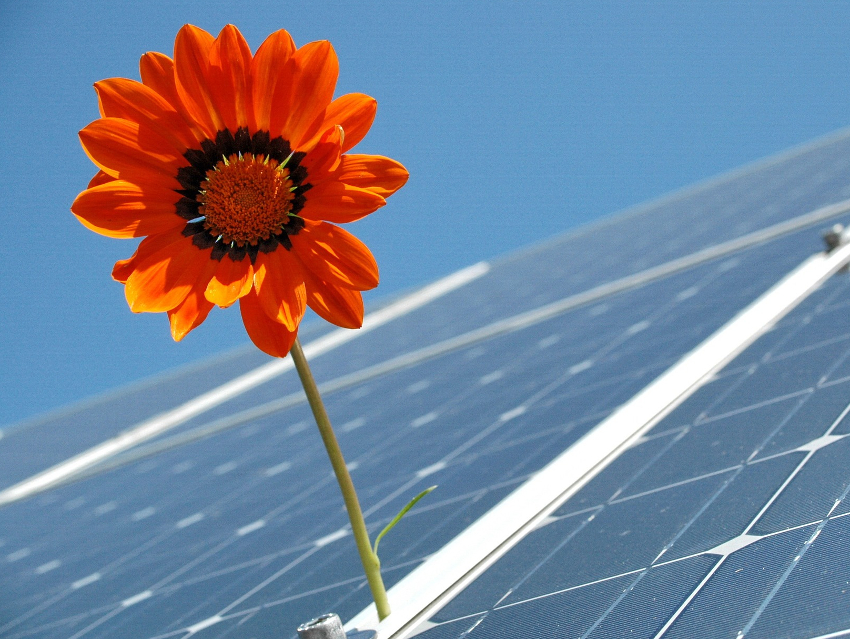Solar cells made from hybrid organic-inorganic lead-halide perovskites are promising. They can reach power conversion efficiencies of up to 24 %, which is comparable to silicon-based solar cells. However, the lead contained in them is toxic. Lead-free alternatives based on, e.g., bismuth, antimony, or tin usually require toxic solvents in their preparation. They are generally less efficient but have a higher stability.
Sagar M. Jain, Swansea University, UK, and colleagues have developed a green synthesis of lead-free, bismuth-based perovskites, i.e., (CH3NH3)3Bi2I9 or MBI, which uses the non-toxic solvent methyl acetate. The team placed the perovskite on a layered architecture of the type FTO/compact TiO2/mesoporous TiO2 to create photovoltaic cells (FTO = fluorine-doped tin oxide (FTO)-coated glass). This structure was created by spin-coating glass, first with compact and mesoporous TiO2 films and then with a solution of methylammonium iodide (MAI) and BiI3 in methyl acetate. The films were then annealed at 150 °C.
2,2′,7,7′-tetrakis(N,N‘-di-p-methoxyphenylamino)−9,9′-spirbiuorene (Spiro-OMeTAD) or poly(3-hexylthiophene-2,5-diyl) (P3HT) were used as hole-transporting materials. Carbon paste was used as a counter electrode. The resulting devices containing either Spiro-OMeTAD or P3HT reach efficiencies of 1.12 % and 1.62 %, respectively. These values are comparable to bismuth-based perovskites synthesized using toxic solvents. According to the researchers, the approach could be scaled up and provide a green way to produce lead-free perovskite solar cells.
- Green fabrication of stable lead-free bismuth based perovskite solar cells using a non-toxic solvent,
Sagar M. Jain, Tomas Edvinsson, James R. Durrant,
Commun. Chem. 2019.
https://doi.org/10.1038/s42004-019-0195-3



